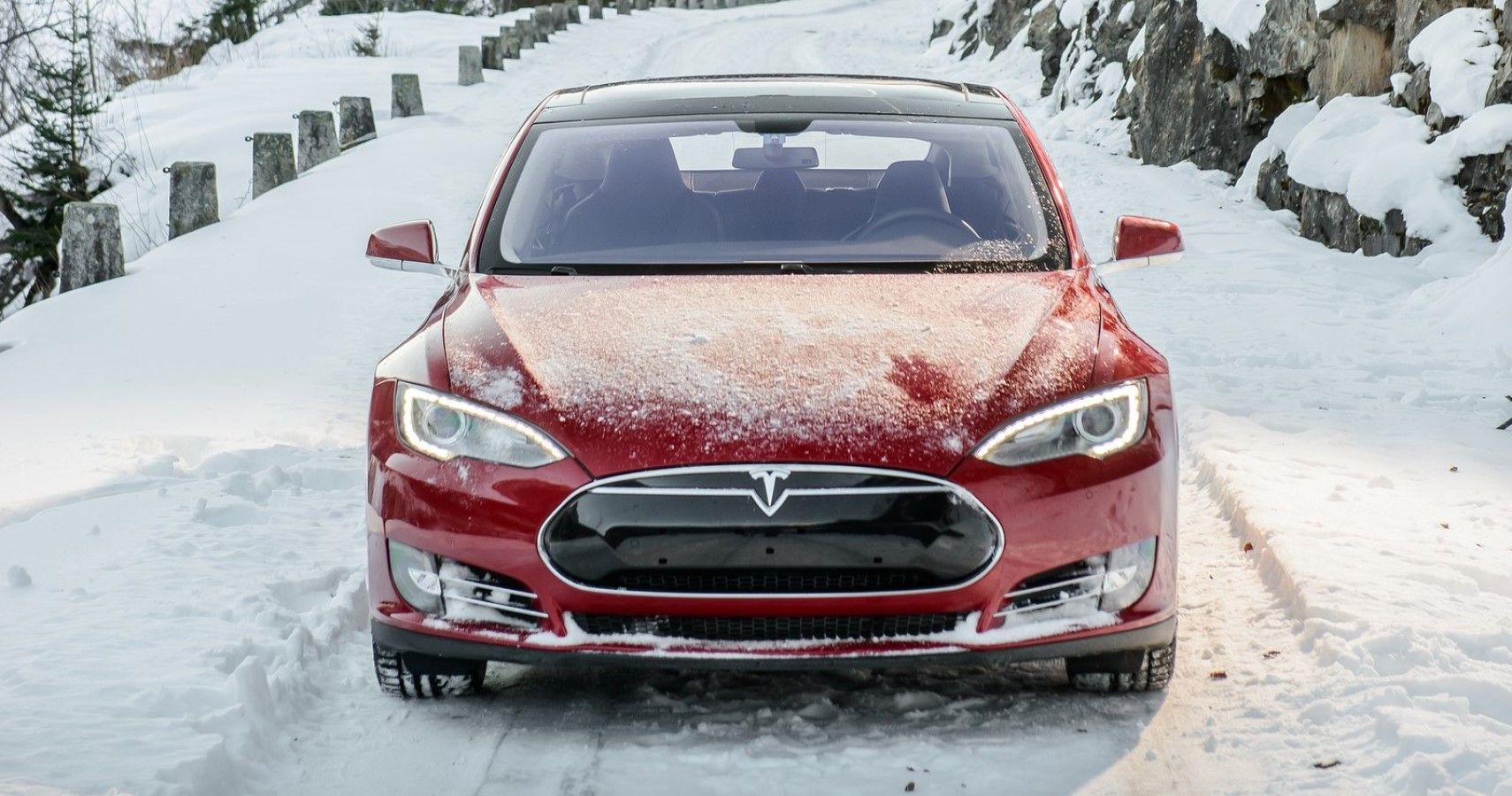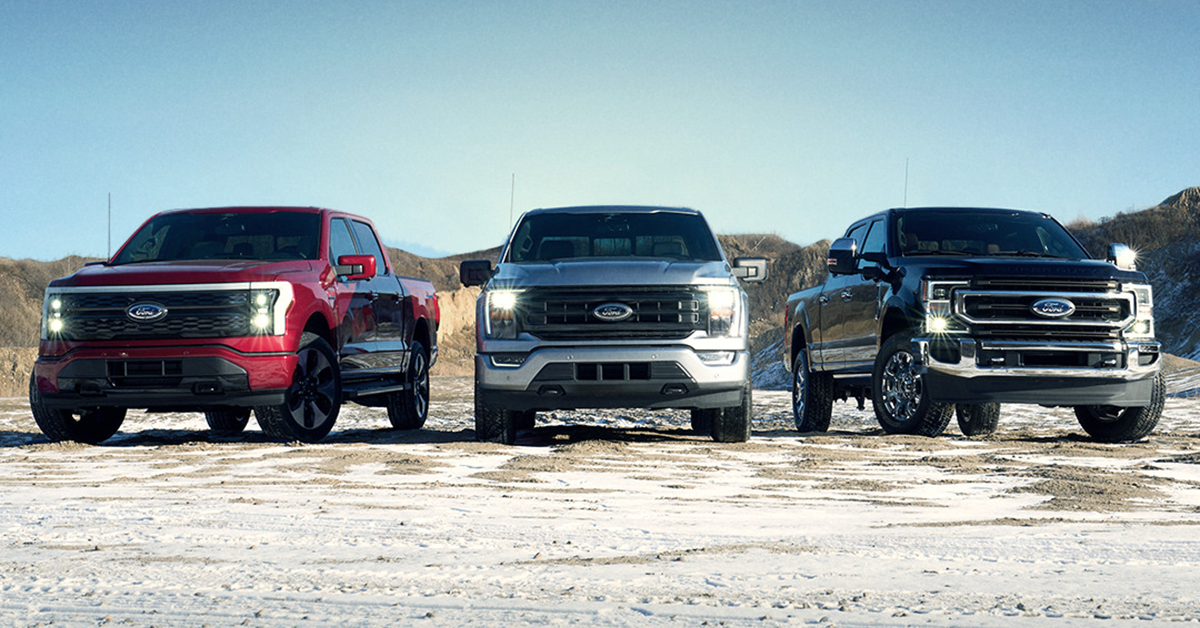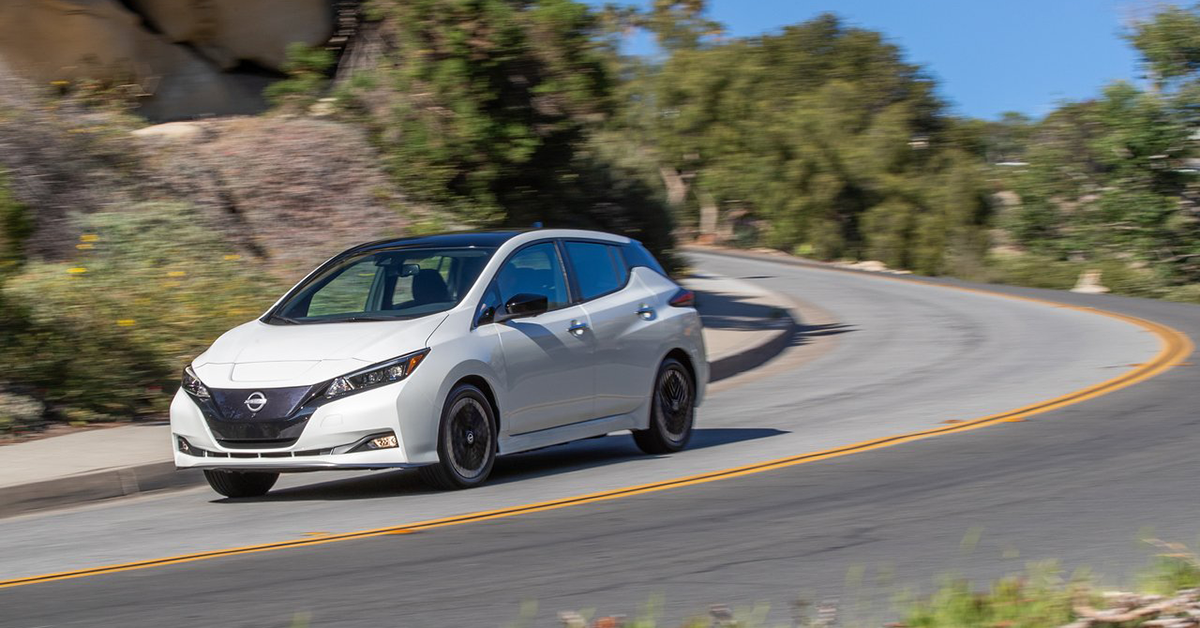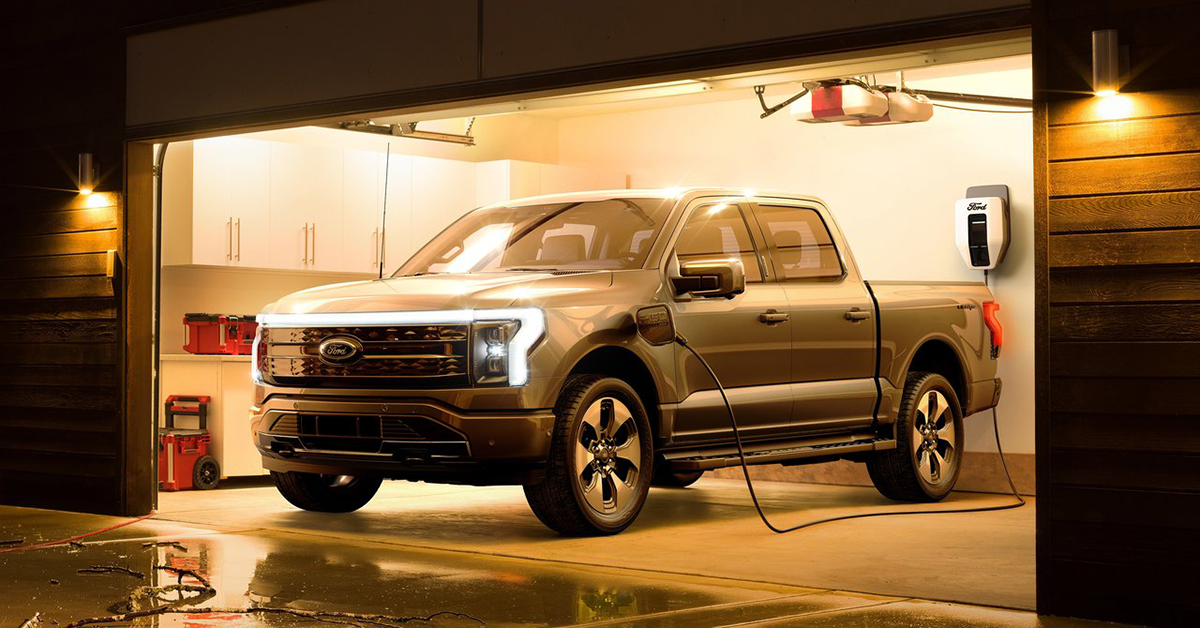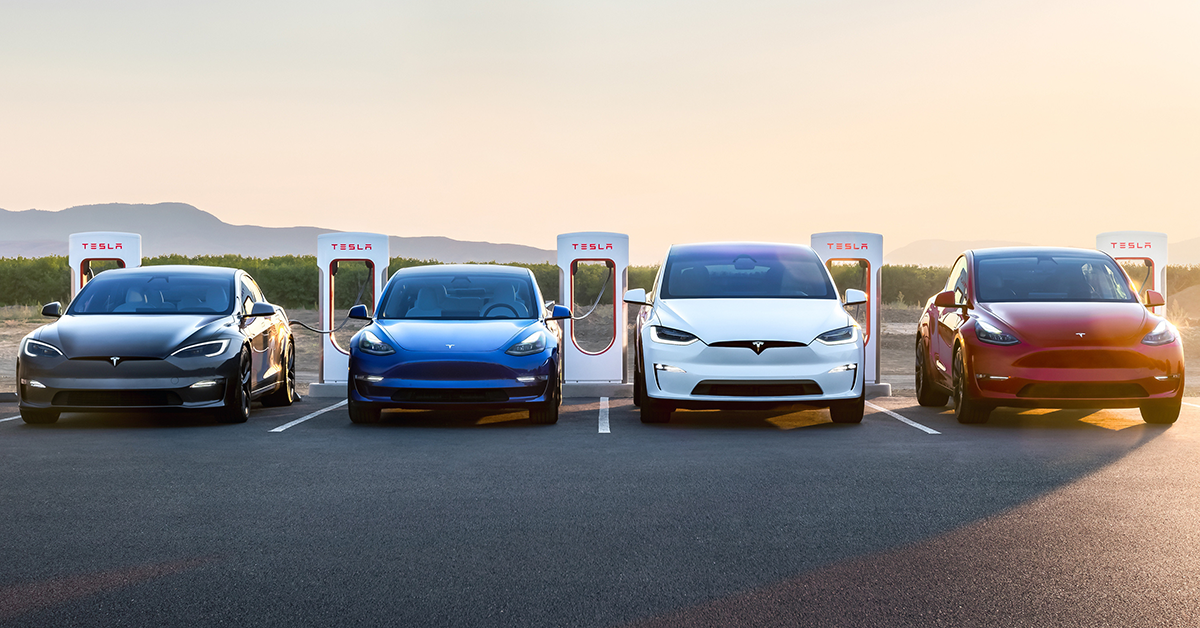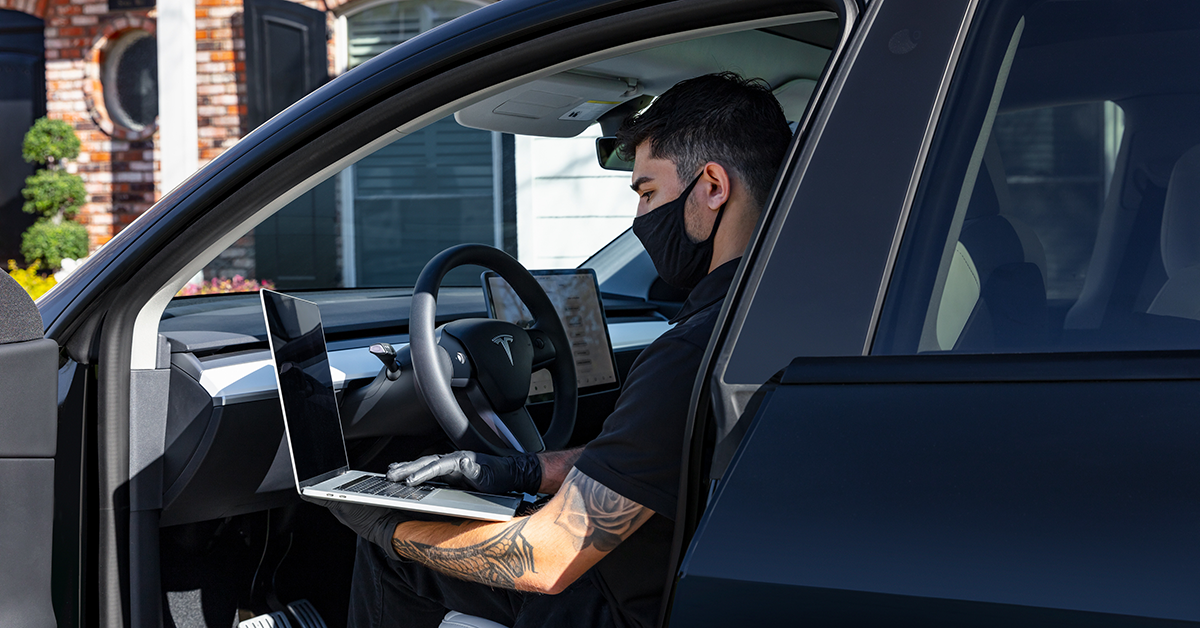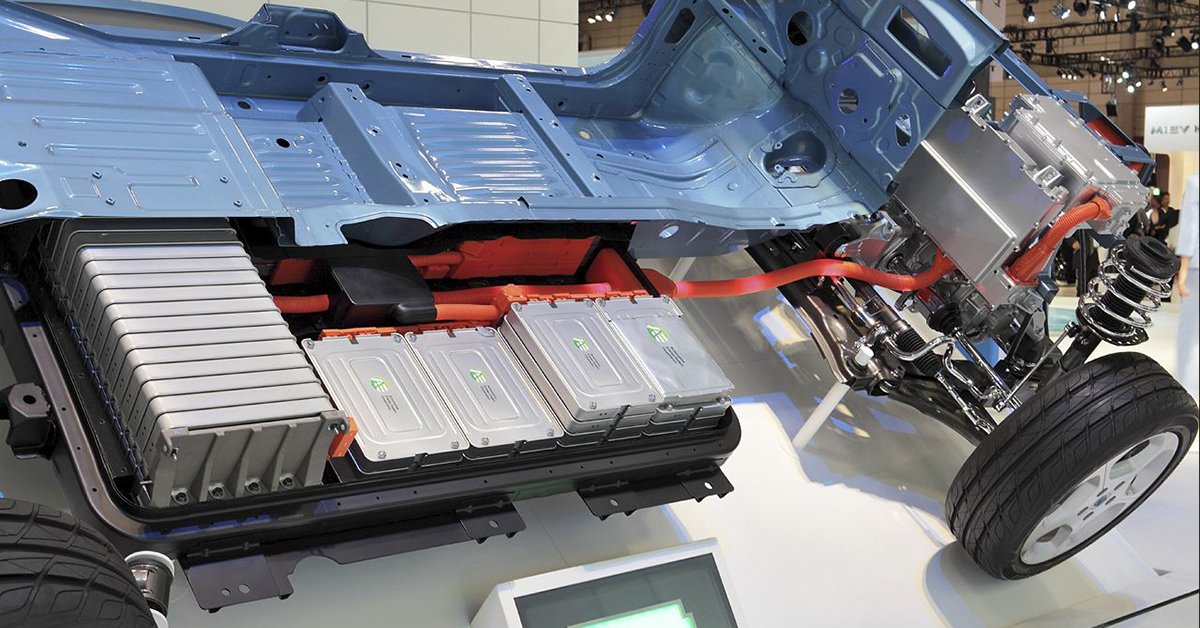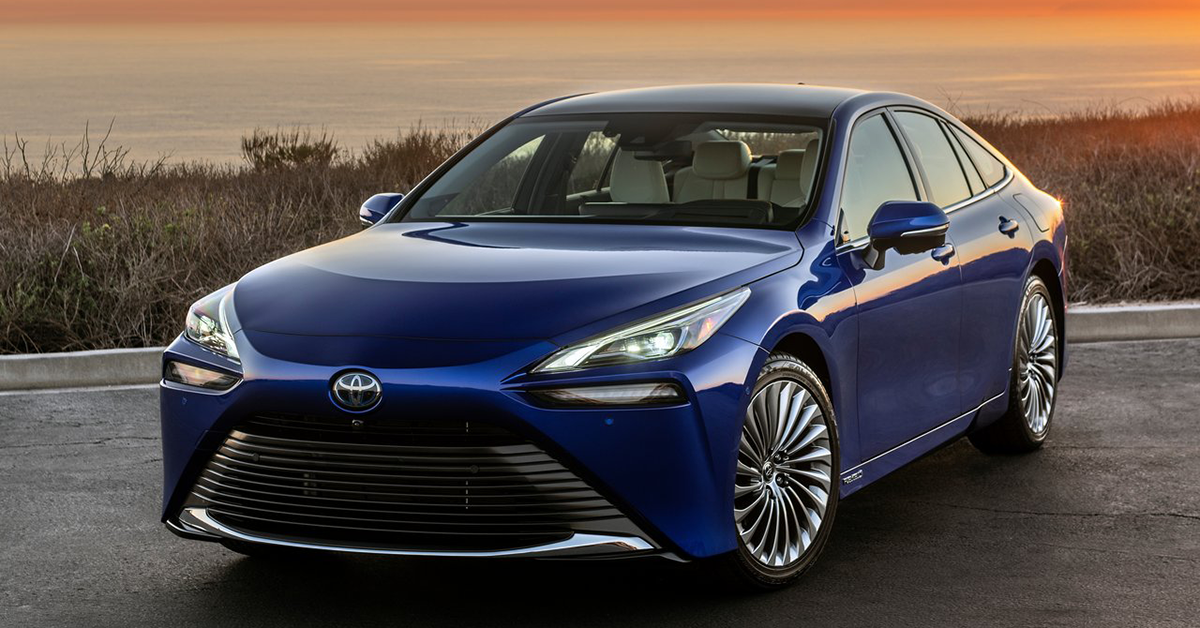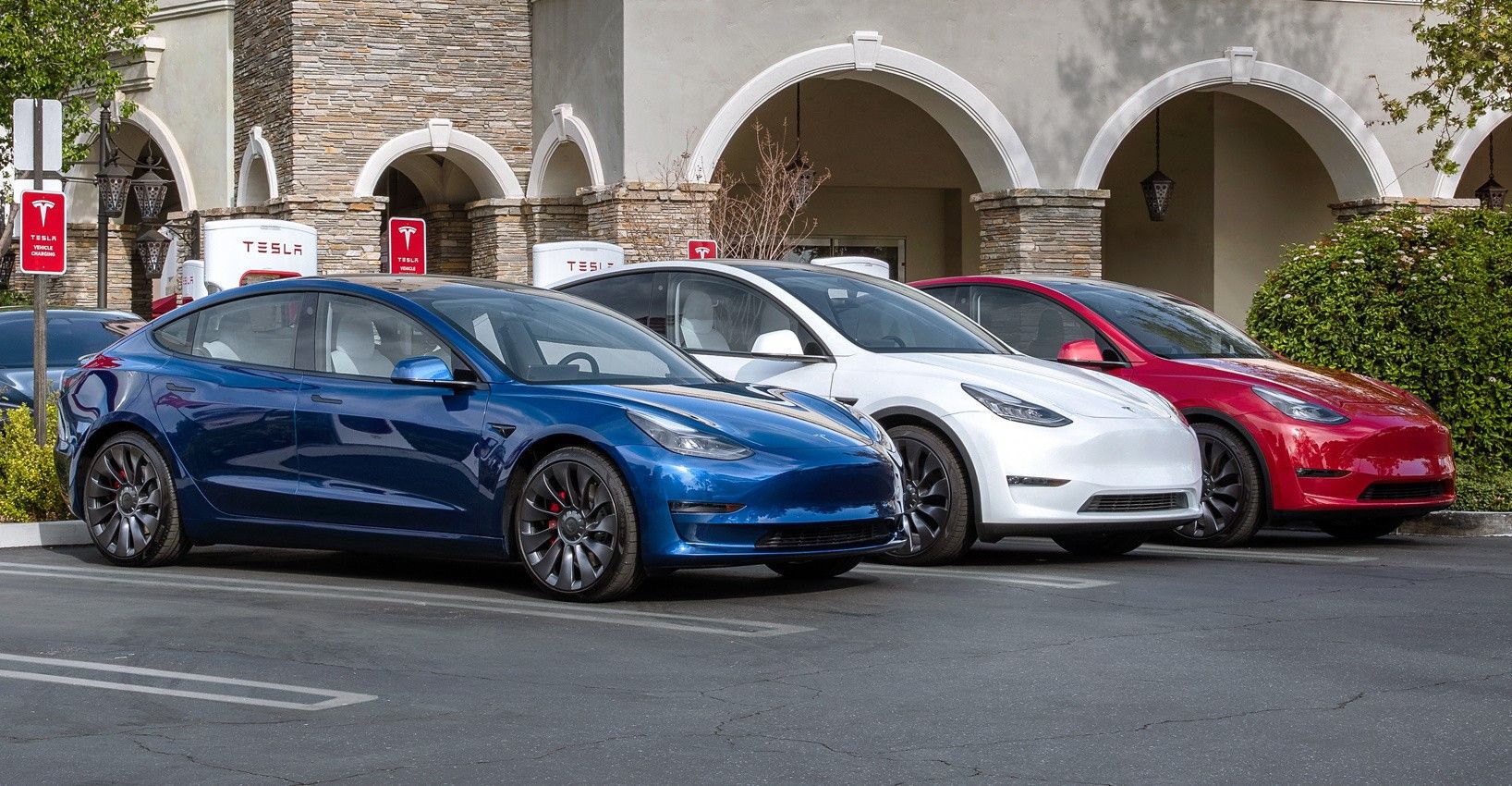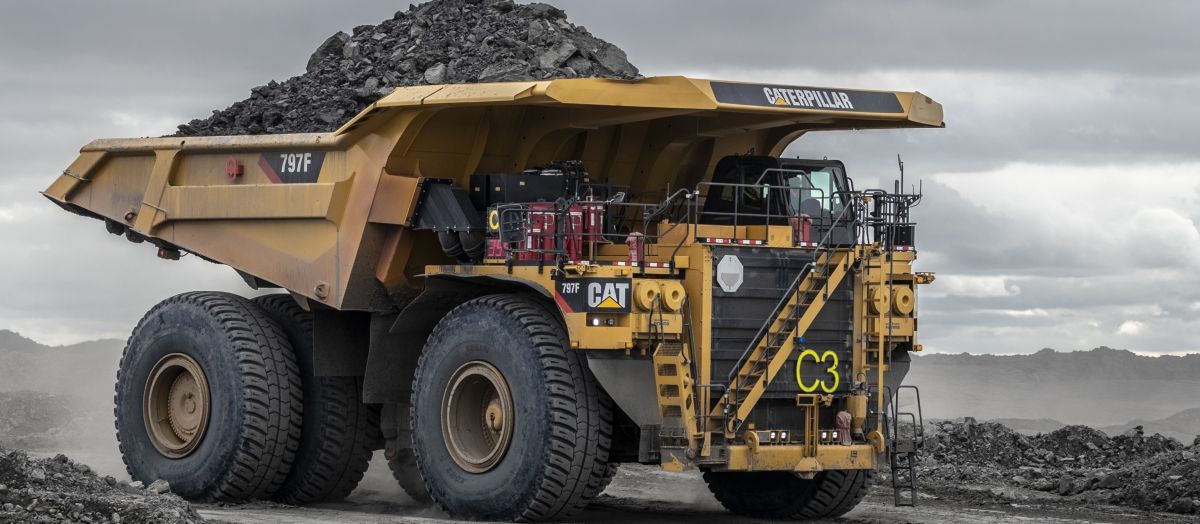Read update
- Electric cars are quickly taking over and are expected to dominate our roads in the next few years. However, before that happens, there are a few concerns that must be addressed. We've updated this list with more of these concerns.
For the past decade, electric vehicles (EVs) have been slowly gaining popularity everywhere in the world. In the past few years, however, what used to be an automotive niche market has become a significant segment of the industry. In 2022, over 10 million EVs rolled out of dealerships, accounting for 1 out of every 7 cars sold globally. Europe and China are leading the shift to automotive electrification, with EV sales accounting for 20% and 25% of their 2022 auto sales, respectively.
The U.S. also saw a similar trend toward EV adoption, although not to the same degree. Combined, electric cars, trucks, SUVs, and even commercial vehicles made up approximately 10% of U.S. car sales in 2022. In the same year, a Consumer Reports survey revealed that 71% of American respondents expressed interest in leasing or buying an EV. The interest in EVs is there for over two-thirds of U.S. drivers, but based on the actual sales figures, there seem to be some factors behind consumer hesitation.
UPDATED 2023/09/27 17:32 EST BY MARTIN PETER
Electric cars are quickly taking over and are expected to dominate our roads in the next few years. However, before that happens, there are a few concerns that must be addressed. We've updated this list with more of these concerns.
The U.S. auto market is already ahead of the curve compared to the slow EV adoption rate of most developing countries. Nonetheless, Americans do share many of the same doubts and apprehensions that prevent car buyers in other parts of the world from making the EV leap.
Here are 10 of the biggest concerns that EVs need to surmount before they can take the place of internal combustion engine (ICE) vehicles in the market and truly make a significant contribution to the environment's preservation.
13 Electric Cars Have Steep Price Tags
When it comes to purchasing any vehicle, the sticker price often comes as the first consideration. As of mid-2022, the average EV retail price in the U.S. stands at almost $67,000, or approximately $18,000 more than the industry average. Even with the maximum federal tax credit of $7,500 for new EV purchases, the average American consumer will still flinch over the $10,500 premium that the EV commands over a traditional ICE vehicle.
Perhaps one of the best ways to appreciate the price factor is to eliminate brand and vehicle classification differences. For instance, Ford offers the best-selling F-150 in both ICE and EV formats. The entry-level F-150 XL trim with a Supercrew (4-door) cabin and a 5.5-foot bed has a sticker price of $40,640. On the other hand, the Ford F-150 Lightning EV, which comes exclusively in the same cabin and bed configuration - starts at $55,974 for the entry-level Pro trim.
Electric Car Prices In 2023
|
Model |
MSRP |
|
Nissan Leaf |
$28,140 |
|
Tesla Model 3 |
$40,240 |
|
Ford Mustang Mach-E |
$46,995 |
|
Porsche Taycan |
$86,700 |
|
Mercedes-Benz EQS |
$104,400 |
12 EVs Still Offer Limited Range
Range anxiety is among the biggest sources of hesitation for car buyers when it comes to EVs, especially if the driver intends to cross states and go to less-urbanized areas every once in a while. As of early 2023, continuous improvements in EV battery technology have already increased the average EV driving range to over 210 miles for a single full charge. However, to put this range in perspective, a $26,000, gas-engine Camry can travel over 600 miles on a full tank. The $28,000 Nissan Leaf EV can go for 149 miles while the $90,000 Tesla Model S can travel 405 miles, both on a single charge.
The average American driver travels approximately 35 miles per day, so a 210-mile range can last for a full work week without charging - if all stars are aligned, of course. Any side trips or emergencies – or even short bursts of spirited driving during the daily commute – will drain the EV battery faster and will make you plug in much earlier. That is if you don't run out of charge in the middle of nowhere, with no charging station or even a household electrical outlet in sight. And this leads us to the next big problems – charging time and charging infrastructure.
Electric Car Range In 2023
|
Model |
EPA Range |
|
Nissan Leaf |
149 miles |
|
Tesla Model 3 |
220 miles |
|
Ford Mustang Mach-E |
312 miles |
|
Porsche Taycan |
200 miles |
|
Mercedes-Benz EQS |
340 miles |
11 Electric Cars Struggle With Long Charging Times
The average fuel fill-up time in the U.S. is 2 minutes, although it can take around 5 minutes to top up an almost empty tank. Even then, 3 to 4 cars can top up and be on their way even before an EV finishes charging using the fastest direct current (DC) chargers available today. If this waiting time is acceptable for some people, however, they might think twice when they find out that regular DC fast charging will shorten an EV's battery life. Slow home charging is best for preserving an EV battery's useful life.
Approximately 80% of EV charging in the U.S. happens at home. Level 1 chargers plugged into a 120-volt alternating current (AC) outlet can charge a drained battery electric vehicle (BEV) in 40 to 70 hours (that's 2 to 3 days!), depending on the battery capacity. Level 2 chargers connected to a 240-volt AC outlet can achieve an 8 to 10-hour charging time. Level 3 DC chargers, as mentioned above, can top up a BEV battery from 10% to 80% in approximately 20 minutes.
Electric Car Charging Times 2023
|
Model |
Normal Charging Time |
DC Fast Charging Time |
|
Nissan Leaf |
7.5 hours |
40–60 minutes |
|
Tesla Model 3 |
8–12 hours |
30 minutes |
|
Ford Mustang Mach-E |
7–9 hours |
40–60 minutes |
|
Porsche Taycan |
4 hours |
21 minutes |
|
Mercedes-Benz EQS |
11.25 hours |
30 Minutes |
10 Limited EV Charging Infrastructure
As of January 2023, the U.S. has over 160,000 public EV chargers, around 85% of which are Level 2 charging ports while the rest are Level 3. Although this number may seem like a lot, America still lacks in EV charging infrastructure. A study by S&P Global reveals that America needs to have 700,000 chargers by 2025, and around 1.2 million chargers by 2027, to support the EV industry growth.
This situation may be a chicken-and-egg problem. Will car buyers continue to shift to EVs and encourage the public and private sectors to build more charging stations? On the other hand, will the investors' risk aversion lead to a lack of charging stations, further deterring car buyers from shifting to EVs? Time will tell.
9 Electric Cars Struggle To Perform In Cold Weather
EV batteries don't perform well in extremely hot or cold temperatures. North American winters, for example, can significantly affect EV driving range and charging times. According to a 2022 study by Green Car Reports, EV drivers noticed a 30% reduction in driving range during winter. With less driving range at their disposal, EV drivers need to plug in more frequently.
Moreover, some owners reported being unable to charge their EV batteries when ambient temperatures were below freezing. These observations are consistent with the findings of a 2021 study by the Alaska Center for Energy and Power (ACEP). According to ACEP, the most concerning EV issues during extremely cold weather are significant range reduction, longer charging times, less power availability, and the need to keep the battery plugged during extended freezing weather.
8 Electric Car Safety Concerns
Some of the EVs' distinguishing components and characteristics are also the sources of their unique safety issues. First, as the video above shows, EV batteries damaged by saltwater, force, or heat can catch fire due to a thermal runaway chemical reaction. This type of fire runs very hot and is very difficult to extinguish, even for experienced firefighters.
Next, even though EV engineers have been minimizing the possibility of electrocution, worn or exposed parts of the EV's electrical system can still cause such accidents. The electric motors also present a safety hazard, as their quiet operation makes incoming EVs harder to notice for pedestrians. Finally, BEVs are heavier than similarly-sized ICE vehicles due to the battery packs. The additional weight will make EVs more difficult to control and more dangerous to other people and vehicles on the road.
7 EVs Come With Higher Insurance And Repair Costs
With much fewer moving powertrain parts and fewer consumable items (e.g. engine oil, fuel filter, air filter, etc.), EVs have approximately 30% lower maintenance and repair costs compared to ICE vehicles. However, the EVs' price tags and more expensive repair costs force insurance companies to charge higher insurance premiums than they would for ICE cars.
Repairing an EV is not a job for your friendly neighborhood mechanic. Because of the relatively new drivetrain technology and the inherent hazards of working with high-voltage batteries, EV servicing requires specialized training and qualified facilities.
Electric Car Maintenance Costs In 2023
|
Model |
First 5 Years Maintenance Costs (Edmunds) |
|
Nissan Leaf |
$2,771 |
|
Tesla Model 3 |
$2,110 |
|
Ford Mustang Mach-E |
$3,559 |
|
Porsche Taycan |
$4,146 |
6 EV Battery Degradation
Due to significant improvements in rechargeable energy storage system (RESS) technology and production, today's EV batteries can last between 10 and 20 years. Typically, EV batteries lose 5-10% of their useful life within the first five years. As batteries degrade naturally over time, they become less efficient at holding their electrical charge.
However, many environmental and driver-related factors can accelerate your EV battery's degradation significantly. These include extreme temperatures, frequent deep discharges, regular DC fast charging, heavy hauling/towing activities, and even habitual spirited driving. Nevertheless, U.S. federal law requires EV manufacturers to give an 8-year or 100,000-mile warranty for EV batteries. As an exception, California requires a 10-year / 150,000-mile warranty.
5 EV Battery Recycling And Disposal
Although the first crude EVs of the 1800s actually predated the pioneer ICE vehicles, modern EVs have only been around for a few decades. With the current rapid rise in EV adoption rates, a lot of EV batteries will reach the end of their useful lives within the next few years. Improper battery disposal can severely harm the environment, and a lack of battery recycling activity will lead to the scarcity of the batteries' raw materials, like lithium, cobalt, and graphite.
Fortunately, the U.S. already has more battery recycling capacity than the country currently needs, and more investments are still flowing into new EV battery recycling facilities. It may not be the same situation for many developing countries, though.
4 EV Carbon Footprint Misconceptions
Some EV skeptics argue that EVs aren't better than ICE vehicles for the environment, especially when battery production comes into the computations. However, a recent study by the International Council on Clean Transportation (ICCT) shows that even if EVs draw power from the current electricity grid mix (fossil fuel, nuclear, solar, hydro, etc.), BEVs in the U.S. produce 60-68% lower lifetime emissions compared to similarly-sized ICE vehicles.
Hydrogen fuel cell EVs, or HFCEVs, can achieve even lower lifetime GHG emissions compared to BEVs. In a 2020 study published by the scientific journal Applied Energy, research data showed that HFCEV emissions can be approximately 50% lower than those of BEVs drawing power from the current electricity grid mix. This low emission level is possible if the hydrogen comes from a production process called naphtha cracking. Using hydrogen from coal-powered electrolysis, however, can make the fuel cell's carbon footprint even worse than that of traditional ICE vehicles.
As many EV studies have shown, a cleaner power grid will improve the environmental benefits of EVs even more – whether they're BEVs, hybrid EVs, or FCEVs.
3 Electric Cars Are Too Quiet
If there's one thing that can instantly change how a gearhead feels about a car, it's the exhaust note. The exhaust note is essentially the voice of the car. Whether it is the raspy sound of a classic car or the deep roar of a modern muscle car, a beautiful exhaust note – such as the one produced by the legendary Lexus LFA – creates a sensory experience that elevates the entire driving experience.
Of course, electric cars don't have an exhaust note as you need the explosions in an internal combustion engine for that, which is one of the leading reasons why older gearheads refuse to ever drive one. Some EV manufacturers have even tried to add fake exhaust noises to improve the experience, but it just doesn't feel the same.
This quiet nature of electric cars may work for some types of cars – such as luxury cars, but it will always work against performance cars. An electric performance car offers incredible power and has superb handling, but without a proper exhaust note, it's easy to ignore.
2 Increasing Use Of EVs May Affect Grid Capacity
In 2011, EVs accounted for just 0.2 percent of total car sales in the US. This figure has grown to over 5 percent today, and with more traditional automakers like Ford, Mercedes-Benz, and General Motors joining the EV market in recent years, it's only a matter of time until EVs take over our roads completely. According to a report by the US Bureau of Labor Statistics, EV sales could reach 40 percent of total passenger vehicle sales by 2030.
While this is great news for environmentalists, it poses a key problem – grid capacity. According to a study by the US Energy Department, national electricity consumption could increase by as much as 38 percent by 2050. As such, states will have to increase their capacities to meet the growing demand.
1 EV Battery Production Is Associated With Bad Mining Practices
To produce EV batteries, we need materials such as lithium, cobalt, and nickel. While these materials are still abundant today, their supply is finite and may be overtaken by demand in the coming decades as more people buy EVs. According to estimations by the Union of Concerned Scientists, the demand for these key materials may exceed supply by as early as 2060. This dwindling supply could lead to EV price rises in the future.
Another key concern is how these materials are mined. For example, when doing research for his book 'Cobalt Red', Harvard's Siddharth Kara found that most cobalt used in rechargeable batteries worldwide is mined by workers working in extremely poor conditions in the Democratic Republic of Congo. According to the book, the miners work in degrading and dangerous conditions and typically earn the equivalent of just a few dollars every day.
Beyond the labor concerns, these mining activities have also ravaged the landscapes in the DRC with millions of trees cut down and rising rates of air and water pollution.

